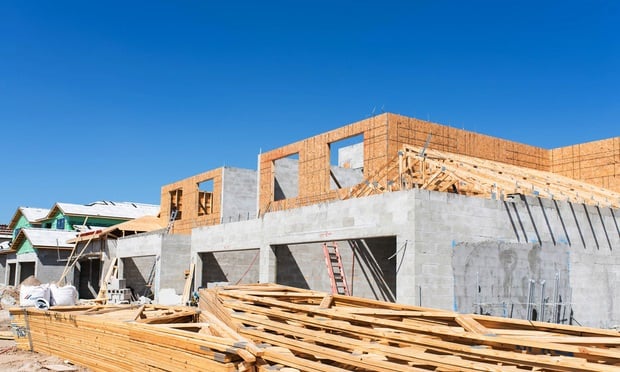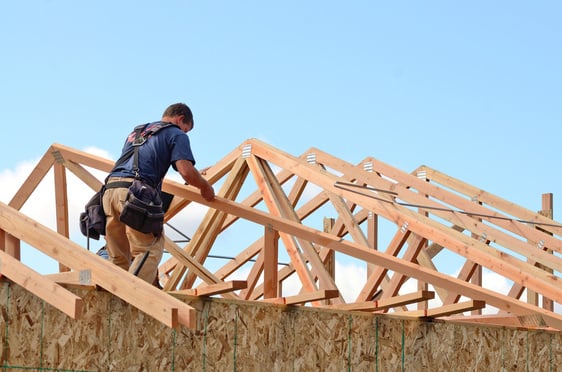Under the reforms announced by Bloomberg, deputy mayor Edward Skyler and buildings commissioner Robert LiMandri, architects and engineers filing applications for new buildings and major enlargements will be required to submit diagrams, which will be available at www.nyc.gov. The diagrams will detail critical information that can be used by the public to determine whether a project is in compliance with required zoning regulations, according to a release from Bloomberg's office. These diagrams will include the size of the project, drawn to scale, and where a building will sit in relation to the street.
Bloomberg also announced a 30-day "public challenge" period in which members of the public can dispute Department of Buildings zoning decisions they believe are incorrect.The 30-day public-challenge process includes the following four steps:
- Initial public challenge period: When DOB approves plans for any new building or major enlargement, the building diagrams, called ZD1 forms, and other associated documents will be uploaded to the DOB website. In addition, once a permit is issued builders will be required to post the permit at the location within three days so the public is aware of the proposed development. New Yorkers will have 30 calendar days to review and challenge the development approval.
- Initial zoning challenge review: After the initial public challenge period ends, the DOB borough commissioner will address every challenge by conducting a full review of the construction plans and rendering decisions that will be posted online. If a challenge is determined to be valid, "appropriate enforcement action" will be taken, including stop-work orders, revoking of permits or requiring redesigns.
- Community appeals period: If the borough commissioner determines that a challenge is invalid, the public will be given an additional 15 calendar days to appeal to the first deputy commissioner.
- Final zoning challenge review: Once the first deputy commissioner issues a determination, the decision may be appealed to the Board of Standards and Appeals for a final determination.
In a release, LiMandri says, "Until now, knowledge of development approvals has been limited to a small group of insiders with expert knowledge. This puts the public at a disadvantage and creates uncertainty for developers, who could be subject to a challenge long after a building is out of the ground. This new process will give the public a chance to see what a building will look like before the first shovel hits the ground and developers certainty that once the public has had an opportunity to comment and any compliance issues have been resolved, their project can move forward. These reforms increase transparency and raise accountability across the board." Both reforms take effect March 9.
Want to continue reading?
Become a Free ALM Digital Reader.
Once you are an ALM Digital Member, you’ll receive:
- Breaking commercial real estate news and analysis, on-site and via our newsletters and custom alerts
- Educational webcasts, white papers, and ebooks from industry thought leaders
- Critical coverage of the property casualty insurance and financial advisory markets on our other ALM sites, PropertyCasualty360 and ThinkAdvisor
Already have an account? Sign In Now
*May exclude premium content© 2024 ALM Global, LLC, All Rights Reserved. Request academic re-use from www.copyright.com. All other uses, submit a request to [email protected]. For more information visit Asset & Logo Licensing.








